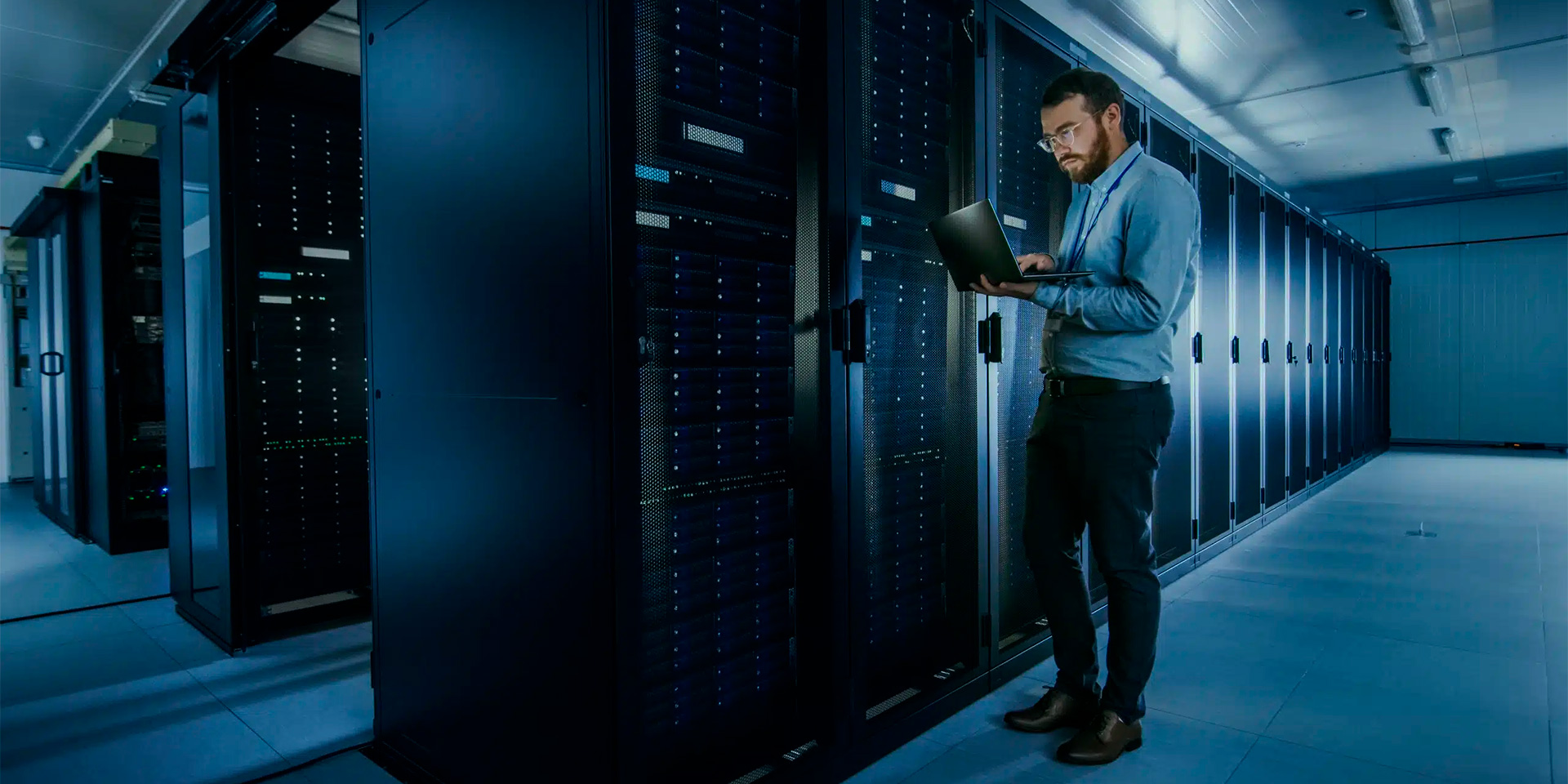Server Maintenance Best Practices: Keeping Your Systems Running Smoothly

Proper server maintenance is crucial for ensuring the reliability and performance of IT infrastructure. Without regular upkeep, servers can become sluggish, insecure, and prone to failure, leading to significant downtime and potential data loss. This article outlines best practices for server maintenance, including routine updates, backups, and monitoring. It also addresses common server issues and troubleshooting tips to keep systems running smoothly and minimize downtime.
Routine Updates
Regular updates are vital to maintaining server health. These updates include operating system patches, software updates, and firmware upgrades. Keeping the operating system and server applications up-to-date ensures that security vulnerabilities are patched promptly, reducing the risk of cyberattacks. Additionally, updates often come with performance improvements and new features that can enhance server functionality.
Scheduling regular update checks is a best practice. This can be automated through various server management tools that alert administrators when updates are available or automatically apply them during off-peak hours to minimize disruption. It is also essential to keep a detailed log of all updates applied, as this helps in tracking changes and troubleshooting any issues that may arise post-update.
Backups
Backing up server data is a critical component of server maintenance. Regular backups ensure that data can be restored in the event of hardware failure, cyberattacks, or accidental deletion. A robust backup strategy typically involves multiple layers, including daily incremental backups and weekly full backups, with copies stored both on-site and off-site.
Automating the backup process reduces the risk of human error and ensures consistency. It is important to regularly test backups by performing restoration drills to verify that data can be successfully recovered. This practice helps in identifying and rectifying any issues with the backup process before an actual disaster occurs.

Monitoring
Continuous monitoring of server performance is essential for early detection of potential issues. Monitoring tools can track various metrics such as CPU usage, memory usage, disk space, and network traffic. These tools provide real-time alerts for unusual activity or resource consumption that may indicate underlying problems.
Setting up a centralized monitoring system can streamline the process of overseeing multiple servers. This system should provide comprehensive dashboards and customizable alerts that notify administrators of any deviations from normal performance. Proactive monitoring allows for timely interventions, which can prevent minor issues from escalating into major problems.
Addressing Common Server Issues
Despite regular maintenance, servers can still encounter issues. Common problems include hardware failures, software conflicts, and network connectivity issues. Understanding these issues and having a plan for addressing them is crucial for minimizing downtime.
Hardware failures are inevitable over time. Components such as hard drives, power supplies, and cooling fans can wear out and fail. Keeping spare parts on hand and having a clear replacement protocol can reduce downtime. Regular hardware checks and preventive maintenance, such as cleaning dust from server components, can also prolong hardware lifespan.
Software conflicts often arise from incompatible updates or poorly configured settings. To prevent these issues, it is important to thoroughly test updates in a staging environment before deploying them to production servers. Maintaining detailed documentation of all software configurations and changes can also aid in troubleshooting.
Network connectivity issues can result from a variety of factors, including faulty cables, misconfigured network devices, or external factors such as ISP outages. Regularly inspecting physical network components and ensuring that network configurations are optimized can help prevent connectivity problems. Having a backup internet connection can also mitigate the impact of ISP outages.
Troubleshooting Tips
Effective troubleshooting is essential for resolving server issues quickly. The first step is to identify the problem by reviewing server logs and monitoring alerts. Logs provide valuable information about system events and errors, helping to pinpoint the root cause of the issue.
Once the problem is identified, the next step is to isolate the affected component. This involves checking whether the issue is related to hardware, software, or network components. For hardware issues, running diagnostic tests can confirm if a component is failing. For software problems, rolling back recent updates or changes can help determine if they are the cause.
When addressing network issues, tools like ping and traceroute can diagnose connectivity problems. These tools help in identifying whether the issue is within the local network or with the external service provider.
Documentation is crucial throughout the troubleshooting process. Keeping detailed records of the steps taken and the outcomes helps in building a knowledge base that can be referenced for future issues. This practice also aids in identifying recurring problems and implementing long-term solutions.
Conclusion
Proper server maintenance is essential for ensuring the reliability and performance of IT infrastructure. By adhering to best practices such as routine updates, regular backups, and continuous monitoring, organizations can minimize downtime and protect their data. Addressing common server issues with a proactive approach and effective troubleshooting techniques further enhances server stability.
Investing time and resources in server maintenance not only prevents costly disruptions but also extends the lifespan of server hardware and improves overall system performance. As technology continues to evolve, staying updated with the latest maintenance practices and tools is key to maintaining a robust and resilient server environment. Through diligent maintenance and proactive management, organizations can keep their servers running smoothly and support their operational goals effectively.
